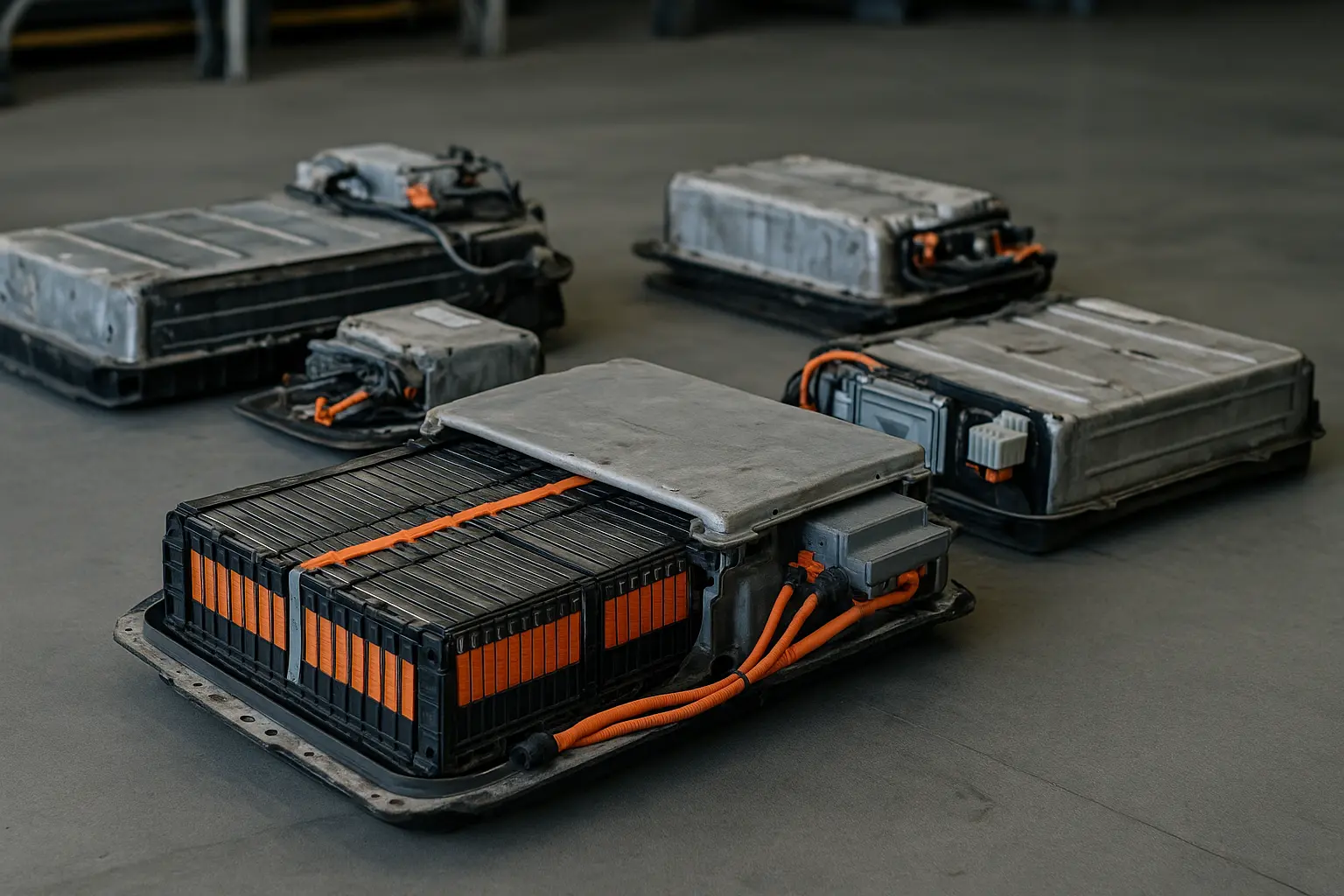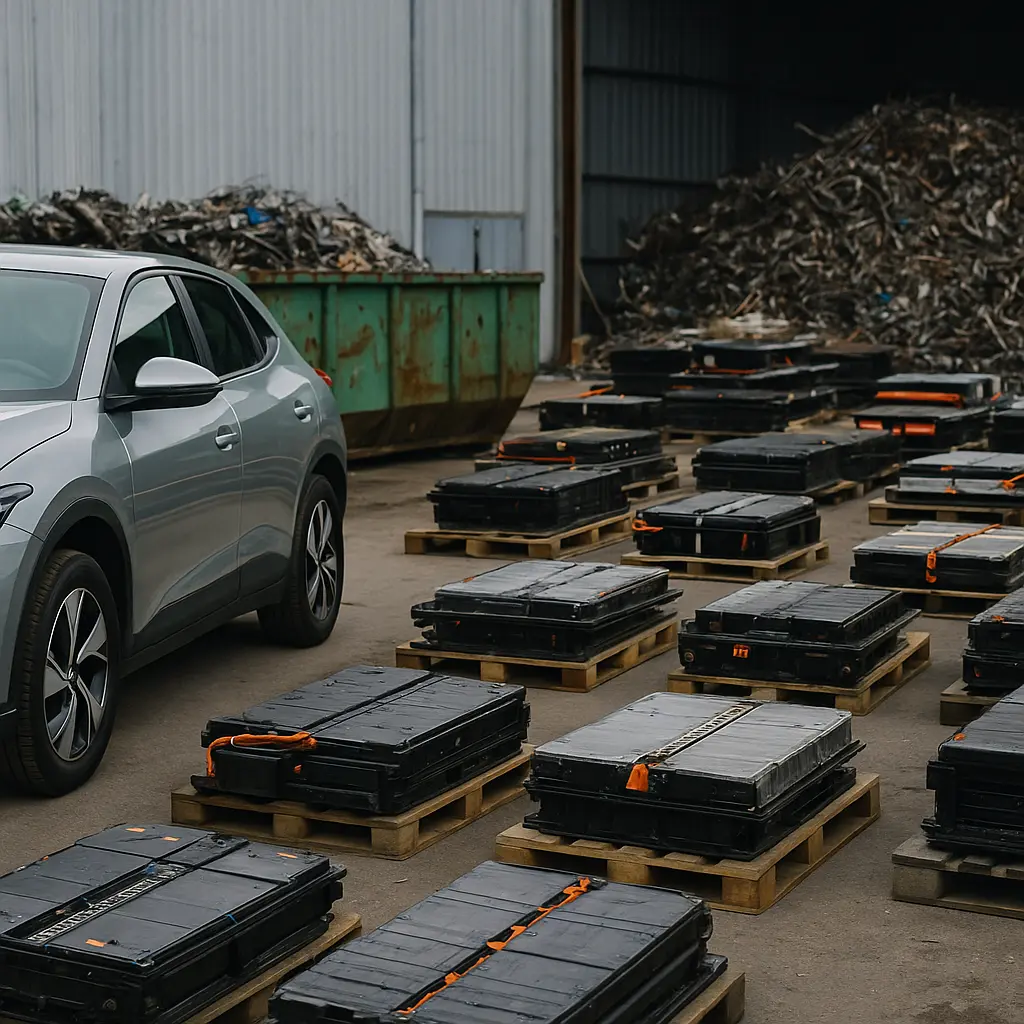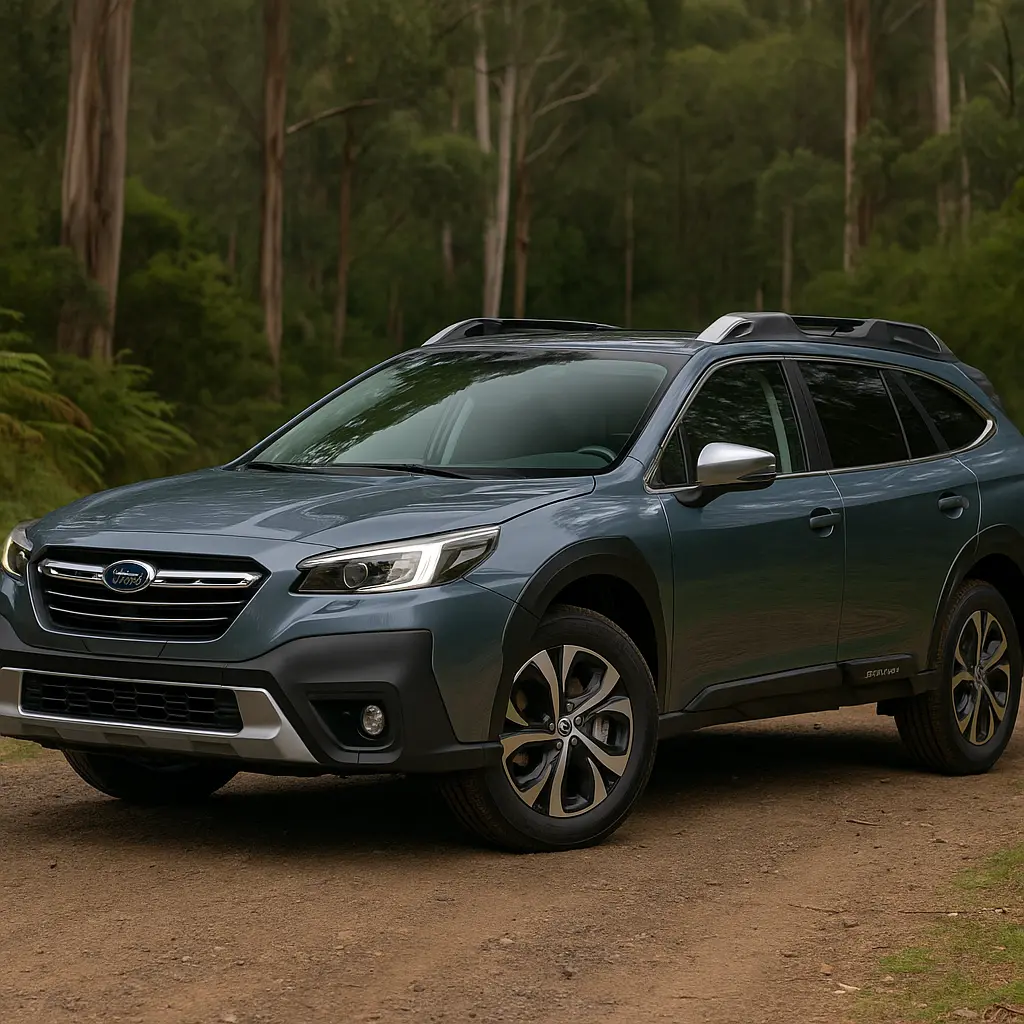The Growing EV Battery Challenge
Electric vehicles (EVs) have gone from niche to mainstream in Australia. In 2025, sales of EVs are climbing faster than ever, driven by falling prices, better charging infrastructure, and government incentives. However, this growth has created a new and pressing question: what happens to all the old EV batteries once they reach the end of their life?
EV batteries, typically lithium-ion packs, don’t just die and disappear. They can contain valuable metals like lithium, cobalt, and nickel — but also toxic materials that can harm the environment if not handled properly. With projections suggesting that Australia could see over 200,000 EV batteries ready for retirement by 2030, understanding their journey from vehicle to recycling facility is essential.
This 2025 guide takes you through how Australia deals with old EV batteries, the latest recycling technologies, second-life uses, and the policies shaping the industry.

1. How Long Do EV Batteries Last in Australia?
Before we get into recycling, it’s important to understand battery lifespan.
- Average lifespan: Modern EV batteries last 8–15 years, depending on usage, climate, and maintenance.
- Warranty coverage: Most manufacturers in Australia offer 8-year or 160,000 km battery warranties.
- Degradation rate: A well-maintained battery loses only 1–2% of capacity per year on average.
Australian driving conditions
Heat is a major factor in battery degradation, and Australia’s warmer regions (like Northern Territory and Queensland) can shorten battery life slightly compared to cooler states like Tasmania or Victoria. However, improved thermal management in newer EVs has reduced this issue.
2. The End-of-Life Path for an EV Battery in Australia
When an EV battery reaches the end of its usable automotive life (usually when capacity drops below 70–80%), it follows one of several possible paths:
- Dealer Trade-In – Many EV owners trade in their vehicle, leaving the dealer to manage the battery.
- Manufacturer Take-Back – Brands like Tesla, Nissan, and BYD have battery recycling programs.
- Specialised Recycling Facilities – Batteries are sent to certified recyclers for processing.
- Second-Life Applications – Batteries get a new lease on life in energy storage systems.
- Export for Processing – Some used batteries are shipped overseas where larger recycling plants exist.
3. Key Players in EV Battery Recycling in Australia (2025)
Several companies and organisations are at the forefront of battery recycling in Australia:
- Envirostream Australia – One of the few local facilities capable of processing lithium-ion batteries domestically.
- Lifespan Recycling – Specialises in separating valuable metals from EV battery packs.
- Battery Stewardship Council (BSC) – Oversees the national stewardship scheme for battery collection and recycling.
- Tesla & BYD Programs – Offer collection and closed-loop recycling for their own batteries.
- CSIRO Research Initiatives – Developing more efficient, less wasteful recycling processes.
4. Step-by-Step: How EV Batteries Are Recycled in Australia
Step 1: Collection and Transport
- Batteries are removed by certified technicians due to high-voltage risks.
- Special insulated containers are used to prevent short circuits and fires during transit.
Step 2: Disassembly
- Battery packs are carefully opened to access individual modules.
- Any reusable modules are separated for second-life use.
Step 3: Processing
There are two main methods in 2025:
- Pyrometallurgical Recycling (smelting at high temperatures to recover metals)
- Hydrometallurgical Recycling (using chemical solutions to extract materials more efficiently and with less pollution)
Step 4: Material Recovery
Metals such as lithium, cobalt, nickel, copper, and manganese are recovered. These materials can be used to manufacture new batteries, reducing the need for new mining.
Step 5: Disposal of Residual Waste
Non-recyclable materials are disposed of safely in accordance with Australian environmental regulations.
5. The Rise of Second-Life EV Batteries
Not all old EV batteries are ready for the scrapyard. Many still have enough capacity to be repurposed.
Common Second-Life Uses in Australia
- Home Solar Storage – Pairing with rooftop solar systems to store excess energy.
- Commercial Energy Storage – Warehouses and factories use them for peak shaving and backup power.
- Grid Stabilisation Projects – Old EV batteries help balance electricity supply and demand.
Example: In 2025, a pilot project in South Australia repurposed old Nissan Leaf batteries into a community battery system, providing power backup during outages.
6. Environmental Risks of Improper Disposal
If EV batteries are not handled correctly:
- Toxic chemical leaks can contaminate soil and water.
- Fire hazards can occur due to thermal runaway.
- Loss of valuable resources through landfill disposal.
This is why strict Australian Dangerous Goods transport laws and EPA guidelines govern every step of the process.
7. Australian Laws and Regulations in 2025
Battery Stewardship Scheme
- A nationwide program requiring manufacturers and importers to take responsibility for end-of-life batteries.
- Funded by industry levies.
- Targets a 90% recovery rate by 2030.
Export Controls
- Batteries cannot be exported without meeting the Hazardous Waste (Regulation of Exports and Imports) Act requirements.
Workplace Safety
- High-voltage battery handling requires specific certifications and safety equipment.
8. Challenges Facing EV Battery Recycling in Australia
Even with progress, challenges remain:
- Limited Local Processing Capacity – Many batteries are still sent overseas.
- High Transport Costs – Australia’s vast geography makes collection expensive.
- Rapid EV Adoption – Recycling infrastructure is racing to keep up.
- Material Recovery Efficiency – Some recycling methods lose valuable materials.
9. Innovations Shaping 2025 EV Battery Recycling
- Direct Recycling – Preserving cathode structures to reduce the need for reprocessing.
- AI-Powered Sorting – Automated systems that identify battery chemistry for optimal recycling.
- Green Chemistry – Using eco-friendly solvents to extract metals without harmful emissions.
- Urban Mining Facilities – Small-scale recyclers operating closer to cities to cut transport costs.
10. The Future: Closed-Loop Recycling in Australia
The ultimate goal is a closed-loop system — where materials from old EV batteries are used to make new ones, reducing mining and environmental impact.
By 2030, Australia aims to have:
- Multiple large-scale recycling plants
- Nationwide collection points
- Higher reuse rates before recycling
11. Tips for EV Owners: Maximising Battery Life
Before your battery ever needs recycling, you can take steps to extend its life:
- Avoid frequent 100% charges — keep between 20% and 80% for daily use.
- Park in shaded or cool locations when possible.
- Use fast charging sparingly.
- Maintain regular servicing and battery health checks.
Conclusion – Australia’s 2025 EV Battery Recycling Landscape
In 2025, Australia is at a turning point in EV battery recycling. The systems to safely collect, repurpose, and recycle old electric car batteries are expanding — but there’s still room for growth.
With new regulations, better technology, and industry commitment, Australia is moving towards a sustainable, closed-loop battery economy where old batteries become the raw materials for the next generation of EVs.
For Australian drivers, this means peace of mind: when your EV’s battery eventually reaches retirement, it won’t just be discarded — it could live on in your home’s solar system, stabilise the power grid, or even help build the battery that powers your next car.
Leave a comment
Your email address will not be published. Required fields are marked *




















